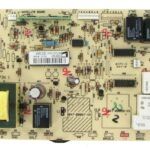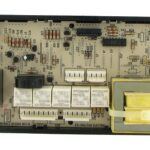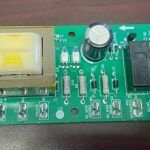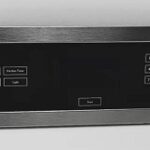Ready to get your oven heating again? Explore our comprehensive guide on troubleshooting oven no-heat issues for causes, parts, and maintenance tips. Don’t let a malfunctioning oven disrupt your cooking—click here to start troubleshooting now!
“From Cold to Hot: Your Guide to Oven Heat Restoration.”
If you’ve ever encountered the frustrating problem of your oven not heating up, you know how it can disrupt your cooking plans.
In this guide, we will explore the common issues that can cause your oven to have no heat, identify potential damaged parts, and provide you with a step-by-step troubleshooting guide.
We’ll also share some essential maintenance tips to keep your oven in top working condition.
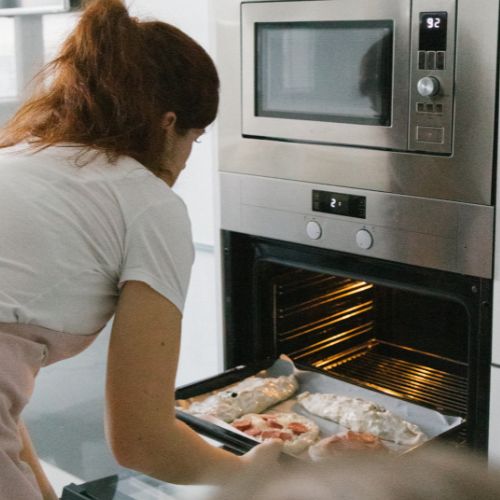
Range/Oven No Heat Troubleshooting Guide
Facing a range or oven that’s not heating up can be frustrating. In this troubleshooting guide, we’ll walk you through the steps to identify and fix the issue, so you can get back to cooking your favorite meals without any hassle.
Common Problems of an Oven with No Heat:
- Faulty Heating Element: The heating element in your oven is crucial for generating heat. If it’s damaged or burnt out, your oven won’t heat properly.
- Thermal Fuse Issues: The thermal fuse is a safety device that can blow if the oven overheats. When it does, the oven won’t heat until the fuse is replaced.
- Igniter Problems: Gas ovens rely on an igniter to start the heating process. A malfunctioning igniter can prevent the oven from heating up.
- Defective Oven Control Board: The control board regulates the oven’s temperature. If it malfunctions, your oven may not heat correctly.
- Gas Supply Issues: In gas ovens, a disruption in the gas supply can result in no heat. This could be due to a faulty gas valve or a gas line problem.
Identifying Damaged Parts:
a. Heating Element: Check for any visible signs of damage, such as visible breaks, burns, or a white powdery residue.
b. Thermal Fuse: Test the thermal fuse for continuity using a multimeter. If it’s blown, it needs to be replaced.
c. Igniter: A defective igniter will not glow when the oven is turned on. It should emit a bright, consistent glow when working correctly.
d. Oven Control Board: Look for signs of burnt or damaged components on the control board. If it’s damaged, it may need to be replaced or repaired.
Best Sellers in Range/Oven Parts:
Step-by-Step Troubleshooting Guide:
- Safety First: Before troubleshooting, ensure the oven is unplugged or the gas supply is turned off to prevent accidents.
- Inspect the Heating Element: Examine the heating element for damage. If it’s damaged, replace it following the manufacturer’s instructions.
- Check the Thermal Fuse: Test the thermal fuse for continuity. If it’s blown, replace it. Be sure to address any underlying issues that may have caused it to blow in the first place.
- Examine the Igniter: In gas ovens, check the igniter’s glow. If it doesn’t glow or glows inconsistently, replace it.
- Inspect the Oven Control Board: If the control board is visibly damaged, consult a professional technician for repair or replacement.
- Gas Supply Verification: For gas ovens, ensure that the gas supply is turned on, and the gas valve is functioning correctly. If there are issues, consult a professional plumber or technician.
Maintenance Tips:
- Regular Cleaning: Keep the oven interior clean of food debris and spills to prevent damage to heating elements and other components.
- Self-Cleaning Feature: Use the oven’s self-cleaning feature periodically to reduce the buildup of grease and residue.
- Inspect and Replace Seals: Check the oven door seals for any damage or wear. Replace them if necessary to maintain proper heat retention.
- Professional Maintenance: Consider scheduling regular maintenance checks with a professional technician to ensure your oven is in optimal working condition.
Conclusion: Dealing with an oven that has no heat can be a frustrating experience, but by identifying common problems, checking for damaged parts, and following our troubleshooting guide, you can often resolve the issue. Regular maintenance and safety precautions will help prolong the life of your oven and ensure it continues to provide reliable heat for your cooking needs.

